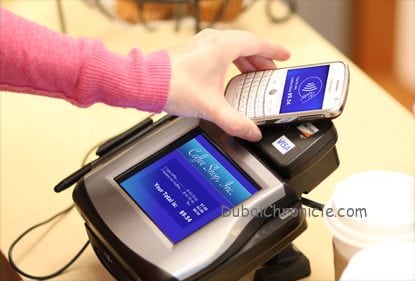
The GSMA today issued a report entitled, ‘Driving a Price Revolution: Mobile Money in International Remittances’ that looks at the impact of mobile money on reducing the cost of international remittances1. The findings show that the cost of sending international remittances with mobile money is, on average, more than 50 per cent less expensive than using global money transfer operators (MTOs). Additionally, where people were able to send remittances from a mobile money account, the average cost of sending US$200 was 2.7 per cent, compared to six per cent when using global MTOs. Lower transaction fees can translate directly into additional income for remittance recipients.
The research shows that by increasing competition, leveraging existing networks and infrastructure, and capturing smaller remittance values than traditional players, mobile money providers are strategically well-placed to lower international remittance costs. These lower prices, in turn, contribute directly toward achieving targets within United Nations Sustainable Development Goal (SDG) 102, which sets clear objectives for reducing migrant remittance costs.
“Mobile money is one of the most exciting innovations in financial services, with more than 400 million registered consumer accounts across over 90 countries,” said John Giusti, Chief Regulatory Officer, GSMA. “While today mobile money services are largely used for domestic transactions, international transfers represent the fastest-growing segment of mobile money services. In just a few years’ time, mobile money has moved from a purely domestic service to one that allows migrants to send remittances between more than 20 countries globally.”
According to the World Bank, more than 250 million people live outside their country of birth and regularly send money home, providing a financial lifeline to their families and contributing to the economies of their home countries.3 In 2015, global remittances totalled US$581.6 billion, of which US$431.6 billion, or nearly 75 per cent, was sent to the developing world. International remittances play a critical role in the economies of developing countries. However, the cost of international transfers remains high and directly impacts the income of remittance recipients. High fees for remittance transactions also encourage senders to use informal remittance channels, increasing anonymous cash-based transactions and creating new risks for financial integrity.
Giusti continued, “Through mobile money services, the industry is directly supporting the goal of expanded financial inclusion for migrants and their families by reducing international remittance costs, as captured in UN SDG10.c. The potential gains of achieving this target could be as high as US$20 billion in additional income for remittance recipients.”





































